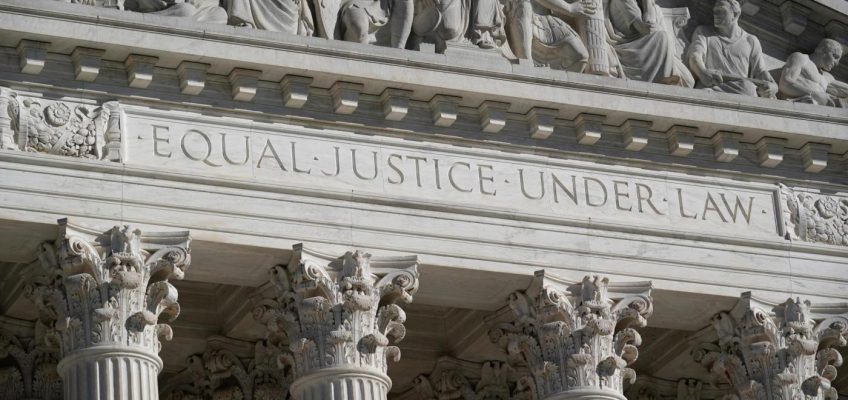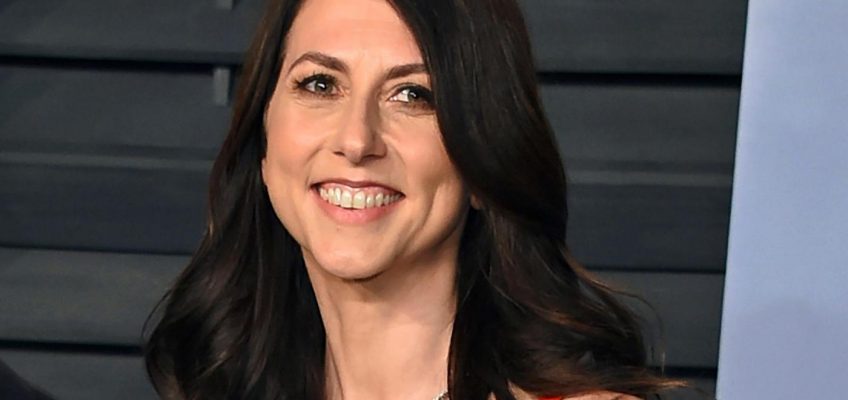By REBECCA SANTANA, Associated Press
WASHINGTON (AP) — Foreigners who are allowed to come to the United States without a visa could soon be required to submit information about their social media, email accounts and extensive family history to the Department of Homeland Security before being approved for travel.
The notice published Wednesday in the Federal Register said Customs and Border Protection is proposing collecting five years worth of social media information from travelers from select countries who do not have to get visas to come to the U.S. The Trump administration has been stepping up monitoring of international travelers and immigrants.
The announcement refers to travelers from more than three dozen countries who take part in the Visa Waiver Program and submit their information to the Electronic System for Travel Authorization, which automatically screens them and then approves them for travel to the U.S. Unlike visa applicants, they generally do not have to go into an embassy or consulate for an interview.
Related Articles
Supreme Court struggles over whether Alabama can execute man found to be intellectually disabled
The White House says the midterms are all about Trump. Democrats aren’t so sure
Calibri font becomes the latest DEI target as Rubio orders return to Times New Roman
While scientists race to study spread of measles in US, Kennedy unravels hard-won gains
Georgia election board rejects rule change on using hand-marked paper ballots
DHS administers the program, which currently allows citizens of roughly 40 mostly European and Asian countries to travel to the U.S. for tourism or business for three months without visas.
The announcement also said that CBP would start requesting a list of other information, including telephone numbers the person has used over the past five years or email addresses used over the past decade. Also sought would be metadata from electronically submitted photos, as well as extensive information from the applicant’s family members, including their places of birth and their telephone numbers.
The application that people are now required to fill out to take part in ESTA asks for a more limited set of questions such as parents’ names and current email address.
The public has 60 days to comment on the proposed changes before they go into effect, the notice said.
CBP officials did not immediately respond to questions about the new rules.
The announcement did not say what the administration was looking for in the social media accounts or why it was asking for more information.
But the agency said it was complying with an executive order that Republican President Donald Trump signed in January that called for more screening of people coming to the U.S. to prevent the entry of possible national security threats.
Travelers from countries that are not part of the Visa Waiver Program system are already required to submit their social media information, a policy that dates back to the first Trump administration. The policy remained during Democratic President Joe Biden’s administration.
But citizens from visa waiver countries were not obligated to do so.
Since January, the Trump administration has stepped up checks of immigrants and travelers, both those trying to enter the U.S. as well as those already in the country. Officials have tightened visa rules by requiring that applicants set all of their social media accounts to public so that they can be more easily scrutinized and checked for what authorities view as potential derogatory information. Refusing to set an account to public can be considered grounds for visa denial, according to guidelines provided by the State Department.
U.S. Citizenship and Immigration Services now considers whether an applicant for benefits, such as a green card, “endorsed, promoted, supported, or otherwise espoused” anti-American, terrorist or antisemitic views.
The heightened interest in social media screening has drawn concern from immigration and free speech advocates about what the Trump administration is looking for and whether the measures target people critical of the administration in an infringement of free speech rights.




